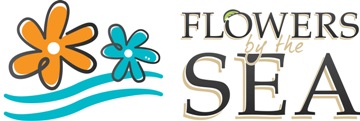(Elk Bella Rosa Jame Sage) The large, creamy pink and burgundy flowers of this sage are stately in contrast with its deep green, veined, ovate foliage that is pleasantly fragrant. Elk Bella Rosa is as elegant as its name implies. It's also long blooming.
This delicate looking yet tough plant is part of our series of Jame Sage (Salvia x jamensis) hybrids called the Elk Rainbow Sages.™
Native to Mexico and the American Southwest, Jame Sages occur in areas where the closely related species of Autumn Sage (Salvia greggii) and Mountain Sage (Salvia microphylla) meet, such as near the Village of Jame in Mexico's Sierra Madre mountains or in the test gardens of our Northern California farm. Elk Bella Rosa grows well in areas with moderate winter temperatures.
Jame Sage parentage can include additional Salvia species, which is why these Salvias come in a broad range of sizes. Their foliage may favor any of their parent plants. The foliage of Elk Bella Rosa is typical of the veined, denser looking greenery of Mountain Sage, which has larger leaves than those of Autumn Sage.
Although sun loving, Elk Bella Rosa still likes some partial shade during peak summer temperatures. It is drought-resistant, but appreciates average watering based on local conditions.
Elk Bella Rosa is adaptable to a variety of soils as long as they drain well. Use it to edge a sunny walkway, add drama to patio containers or mix in a border of pastel Salvias. Butterflies, honeybees and hummingbirds all fill up on its nectar.

A Rainbow of Quality
At Flowers by the Sea, we regularly develop new cultivars such as our hybrid series of Elk Rainbow Sages, which are varieties of Jame Sage Hybrids (Salvia x jamensis) in a broad array of solids and bicolors ranging from pastels to brights. Attractive to hummingbirds and honeybees, they are lovely yet tough crosses that include Autumn Sage (Salvia greggii) and Mountain Sage (Salvia microphylla). The word Elk in the scientific and common names of the Elk Rainbow choices indicates that you are getting a sturdy, colorful, reliable repeat performer.
